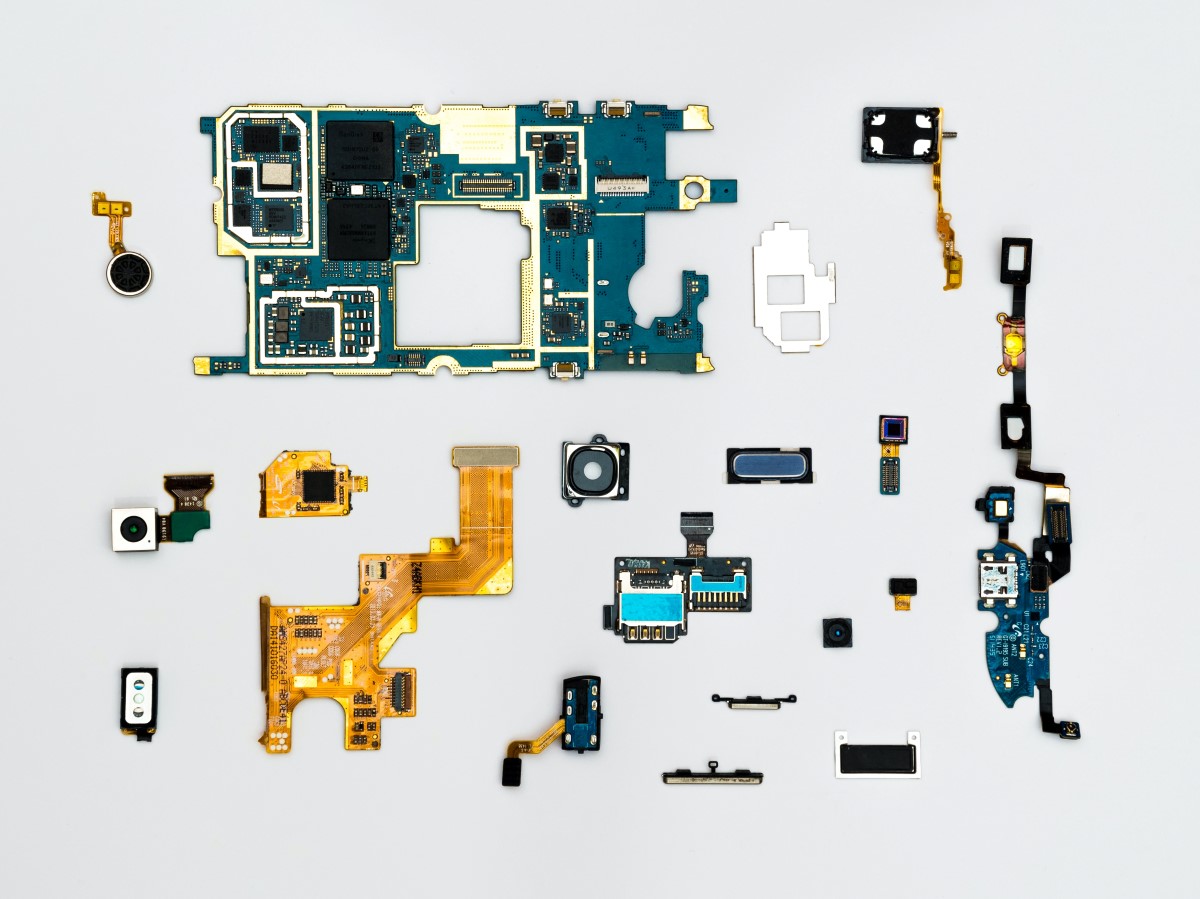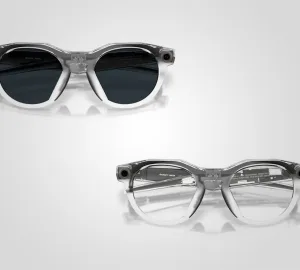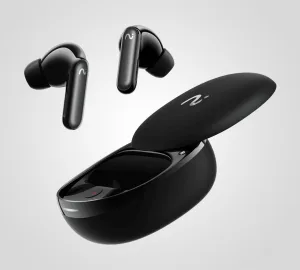8 minute read
Today’s world is full of change, not just the usual stuff like the fact that the internet is now almost always with us, always connected. The world is becoming a more connected place, with more people than ever before having access to information and goods and services.
Connectivity is so pervasive today that it’s starting to have a noticeable effect on our lives. The way we work and live is changing thanks to technology rapidly. How is this impacting our daily lives? Let’s take a look at some of the ways technology is changing the way we live.
Internet of Things (IoT)
The internet of things, also known as IoT, is one-way technology changing the world. The internet of things refers to the idea that all sorts of physical objects are now connected to the internet and can talk to each other.
This is important because we have access to all this information thanks to websites such as TechNewsDaily.com and these tools, and we have a better chance of living a more efficient life. For example, imagine shutting off your lights from your phone or having your fridge send you a text message when you’re out of milk. These are just two examples of how technology can help us live better lives.
Self-driving cars
Self-driving cars are just one example of how technology is changing the way we live. You are probably already familiar with the news stories of Tesla autos making the news thanks to their self-driving features and/or irresponsible driver behavior in self-driving cars. However, Tesla is only one of many car manufacturers pursuing this avenue.
Overall, self-driving cars are a no-brainer in a world where there will be fewer accidents. There will be fewer accidents, less traffic, and more safety. It’s also worth noting that self-driving cars also mean less time wasted on commuting and more time spent doing what you love.
The automotive industry is in for some changes, thanks to self-driving cars. New jobs will be created like data scientists and software developers who can help make the system work better. People will have more freedom, too; they don’t have to drive anymore, which means they can use their time however they please.
Robots taking over manufacturing
Robots are taking over manufacturing and not just in the automotive industry. This is a practice that’s been happening for decades, but now, robots are replacing human labor in more ways than one. A report by the International Federation of Robotics found that there were about 2.7 million industrial robots active in 2019, with this figure set to rise to nearly 4 million in 2022, and about 68 percent of them were used in manufacturing. It’s estimated that this number will continue to grow as automation becomes cheaper and more efficient. The robot revolution is here, so what does this mean for the future?
Thanks to innovations in robotics, even the cannabis industry has seen its benefits through the introduction of a fully automated pre roll infusion machine. These machines streamline the process of rolling and infusing cannabis into pre-roll joints, precisely measuring and dispensing the desired amount of cannabis and infusing it evenly into each joint.
3D printing
The ability to produce physical objects from digital designs has been around for about 20 years. However, it’s only in the last five years that 3D printing has become a mainstream technology. With 3D printing, an object is produced by adding successive thin layers of material to build the desired shape. This is different from traditional manufacturing methods, which involve assembling many parts into one final product. You might be wondering how this type of printing works; there are two main ways:
– The first way is Fused Deposition Modeling (FDM), in which an extruder nozzle moves along a design while depositing material, layer by layer. The other type of 3D printing is Stereolithography (SLA), which uses a liquid resin to draw shapes and then cures them with ultraviolet light.
Virtual and augmented reality
Virtual reality and augmented reality are becoming more familiar with the newest release of Google’s Daydream virtual reality headset. With this headset, you’ll be able to explore any place or time in the world that you want. You can visit anywhere from a tropical island to the surface of Mars. It’s a great way to experience something new or learn more about another culture.
Thanks to Snapchat filters and games like Pokémon Go, augmented reality is also prevalent nowadays. The game overlays computer-generated images onto real life in these cases, so it feels like you’re actually standing inside your favorite video game or walking through a cartoon town. The National Basketball Association uses VR technology to let people sit courtside at a game without actually being there. Some companies are using AR for presentations by projecting information on top of things like furniture or other objects. Seeing what something will look like or how it will work before you buy it is invaluable for both buyers and sellers.
Direct air capture
One of the new industries trying to make a dent in things, and one that has been around for a while but is finally being put to use, is direct air capture. This is a process where you take air containing atmospheric CO2, extract it from the atmosphere, store it, and convert it into something useful like hydrocarbons or baking soda.
In other words, we are literally capturing carbon out of thin air. This process could be beneficial in the future if we want to lower emissions and still keep our economies humming along. We can have our cake and eat it too with direct air capture by reducing our emissions without adverse economic effects.
AI scientist
Technology is not only making our lives easier, but it’s also making people more efficient. There are now AI scientists that can help us understand the world around us. These AI scientists can take in data and use it to make conclusions about everything from climate change to how to cure a disease. In the future, as these AI scientists continue to evolve and become more advanced, they will be able to take on tasks that even humans cannot do right now.
Brain reading robots
Brain reading robots are a great example of how technology is changing the way we live and what it means for the future. Brain-reading robots have existed for years, but now they’re becoming more advanced, cheaper, and more accurate in their readings. And this isn’t just about translating brain waves into text. These brain-reading robots can understand what you want or what you’re thinking about.
In fact, recently, researchers at Harvard University created a robot that could read people’s thoughts using nothing but brainwaves. Not only were they able to read some basic ideas such as “cat,” “tree,” and “car,” they were able to interpret these thoughts by reading brainwaves more accurately.
They were also able to use this technology to measure the user’s attention span and mental state. The implications for this are incredible: imagine robots that can read your mind and anticipate what you want next!
Digital Twins
There are over 1 billion people on earth living with chronic health conditions.
And that’s not the only issue plaguing our global population. With an aging population, we’ve also got a growing market for health monitoring products and services, projected to reach $1.4 trillion by 2022.
In response to these needs, tech companies are developing digital twins for health monitoring: personalized digital versions of a person that can analyze their data in real-time, providing insights into their current state of health and potential risks they may face in the future.
These digital twins offer a more intimate personal relationship than traditional healthcare providers offer and make it possible for people to remain connected with their doctors even when they can’t be present in person.
Despite its benefits, this technology isn’t without drawbacks as well. Access to this technology is primarily limited to high-income families who can afford it upfront or pay for it out of pocket. Secondly, these digital twins still rely on humans’ input, meaning they could be biased or incorrect if the human making the inputs has incomplete information or provides biased data entries.
While there are some risks involved with this type of technology, it offers many opportunities for solving many problems in healthcare today–especially given that we’re expecting to have over 2 billion people living with chronic conditions worldwide in the next five years.
Space tourism
One incredible result of increased connectivity is the availability of space tourism. Right now, space travel is a costly and exclusive privilege. But with more people having access to the internet and exposure to space travel, companies are seeing an opportunity for growth. This has led to start-ups like Virgin Galactic, which have begun to offer commercial flights into outer space for the general public.
According to SpaceX CEO Elon Musk, “long trips would take no more than 30 minutes. You’ll step on a rocket and go.” These trips mean that international travel times can be cut from hours to mere minutes. Right now, this is costly due to the technology used but overtime the cost is expected to reduce for both global air travel via rockets or and space tourism too.
This means space tourism might become an attractive option for people who love adventure and are prepared to spend extra money to get off this planet.






